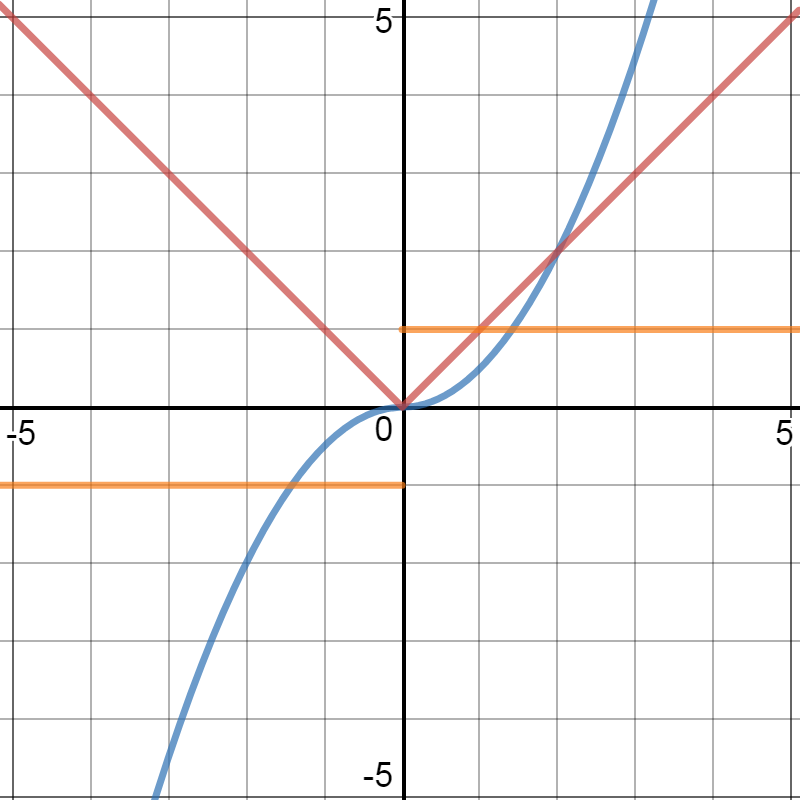If the first derivative has a cusp at x=3, is there a point of inflection at x=3 even though the second derivative doesn't exist there?
1 Answer
It depends, in part, on the definition of inflection point being used.
Explanation:
I have seen some who insist that the second derivative must exist to have an IP.
I am more used to the definition:
An inflection point is a point on the graph at which concavity changes..
So I consider the point
Similarly, the function
Since the graph of
In the graph below, you see

Translate 3 to the right to get an example at

